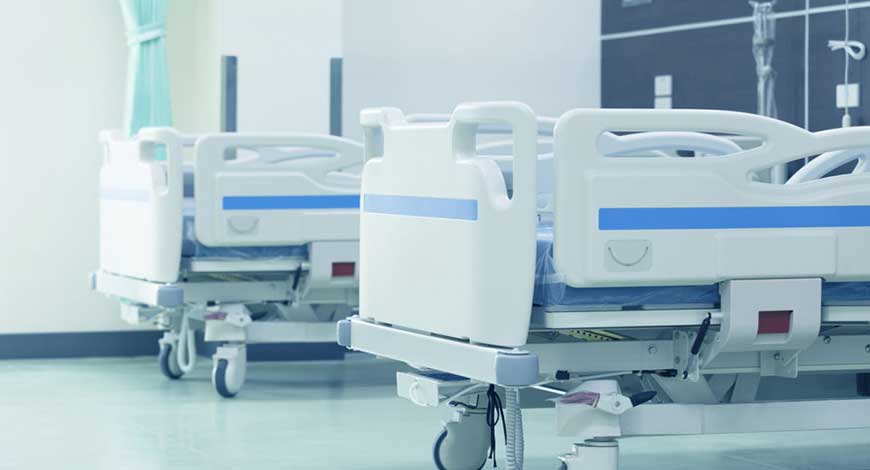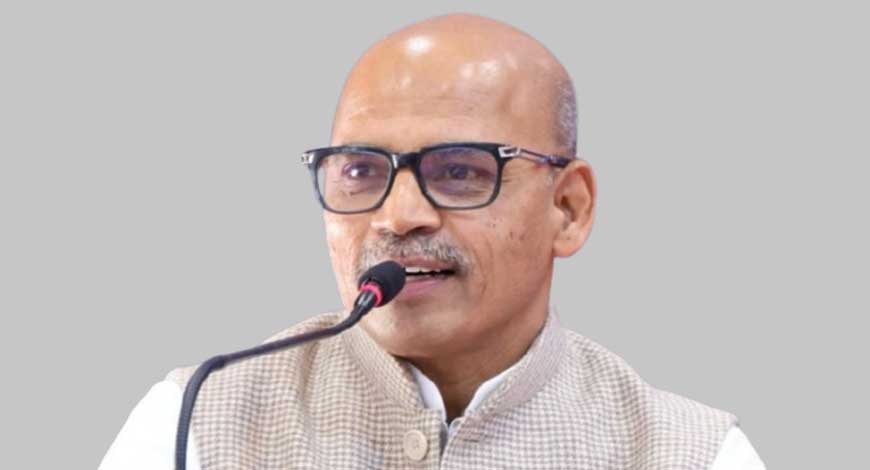India is failing its patients by treating hospital discharge as the end of the treatment, as they are thrown into an unstructured ecosystem of untrained caregivers and fragmented follow-ups, which leads to delayed recovery and frequent readmissions, experts said here, flagging the issue of “rehabilitation shortage”.
They highlighted this urgent mismatch and underscored that rehabilitation is not a luxury but the missing bridge between survival and healing.
In reality, recovery begins only after discharge, experts said at the IAPMR Mid-Term CME 2025 event hosted by the Indraprastha Association of Rehabilitation Medicine (Delhi chapter of IAPMR) at the SCOPE Convention on September 12 and 13.
With the theme “From first steps to golden years – advancing rehabilitation across life spans”, the gathering included leading neurosurgeons, neurologists, physiatrists and healthcare innovators.
India’s burden of stroke, trauma and critical illness is growing, yet the country has only 1,251 stroke rehabilitation centres for 1.46 billion people — roughly one for every 11.7 lakh individuals. Global benchmarks recommend one recovery bed for every acute hospital bed, but India is nowhere close to this target, the experts said.
The panel on “Accessibility of PMR Services in the Private Sector” revealed how the gap is particularly stark outside government institutions.
Insurance and corporate coverage for rehabilitation are grossly inadequate, leaving families to bear the financial and emotional burden of long-term recovery.
Experts underlined that collaboration between physiatrists and private hospitals is essential to mainstream rehabilitation care.
Dr Rahul Gupta, Senior Director and Head of Neurosurgery at Fortis Hospital Noida and Escorts, Okhla, Delhi, observed that the problem is not only one of infrastructure but also awareness.
“The greatest tragedy is ignorance. Families are rarely told that rehabilitation exists as a structured speciality that can transform recovery after stroke, spine surgery, or trauma.
“Even within the medical community, PMR is often overlooked. Until awareness spreads among doctors and patients, thousands of Indians will remain disabled when they could otherwise return to normal lives,” he said.
The importance of timing was emphasised by Dr Gaurav Thukral, Co-Founder and President of HCAH India.
“The first 90 days after a stroke or major surgery decide the future of recovery. This is the window where strength, mobility, speech, and memory can be restored. At HCAH, we have built hospitals where recovery is the sole focus.
“Robotic gait labs, AI-powered therapy dashboards, and protocol-driven care are not extras but essentials. In the last year alone we have touched more than 9 lakh lives, and we are showing that recovery care is not theoretical, it is measurable, practical, and life-changing,” he noted.
Dr Tariq Matin, Director and Chief of Neurointerventional Surgery at Artemis Hospital, Gurugram, warned that the crisis is being compounded by policy choices.
“India’s rehabilitation shortage is alarming but equally serious is the lack of knowledge among doctors themselves. Rehabilitation was recently dropped from the undergraduate medical curriculum by the NMC.
“This is a dangerous decision that will produce generations of doctors who do not prescribe or prioritise recovery. We appeal strongly for PMR
(Physical Medicine and Rehabilitation) to be reinstated in medical education.
“Without it, India’s healthcare system will remain incomplete no matter how advanced our hospitals become,” he stressed.
The discussion also stressed the absence of structured post-stroke rehabilitation guidelines in India, even though stroke is one of the leading causes of disability.
Experts called for national protocols that make rehabilitation mandatory and ensure it is initiated early, ensuring every patient is assessed and referred before leaving the hospital.
Without such guidelines, thousands of stroke survivors are discharged without a clear path to recovery, losing valuable time in the golden window of rehabilitation.
Echoing the broader mission, Dr P C Muralidharan, President of IAPMR and Professor of PMR at Government Medical College, Kozhikode, said the CME was designed to move rehabilitation into the centre of India’s health agenda.
“Rehabilitation is not an add-on to healthcare. It is a right and a necessity across the lifespan from managing childhood disabilities to supporting the elderly, from rebuilding lives after trauma to helping survivors of ICU syndromes.
“This CME is a platform to strengthen knowledge, create awareness, and remind policymakers and practitioners that without rehabilitation, medicine is incomplete,” he said. PTI



